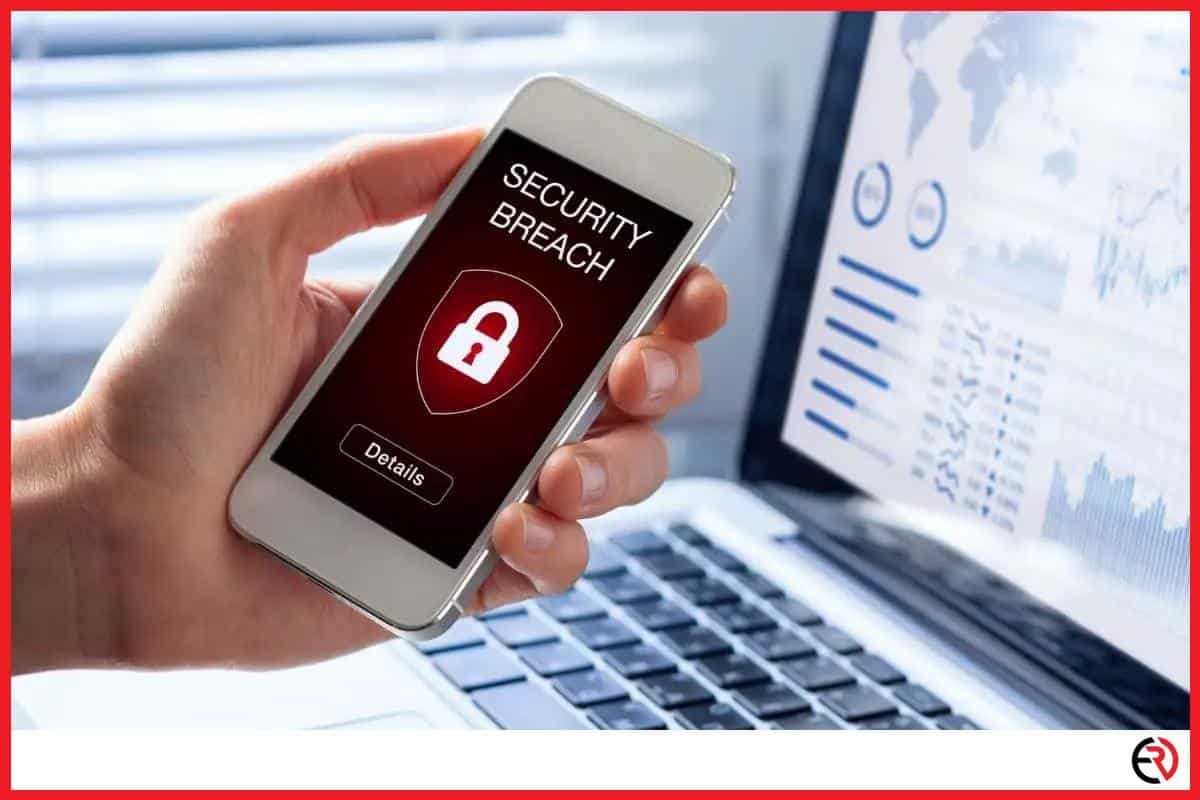Can Someone Connect to Your Bluetooth Device Without You Knowing?
This post may contain affiliate links which means that, if you choose to make a purchase, I may earn a small commission at no extra cost to you.
Bluetooth technology has achieved tremendous penetration in electronics, phones, headphones, controllers, computers, cars, and other parts of the daily tech. While this has increased connectivity by several margins, it also exposes us to a few risks.
Unfortunately, as long as your Bluetooth device is on and visible to nearby Bluetooth devices, anyone can connect to your device. If the intruder has malicious intent and technical expertise they can hack into your device and install malicious software.
However, with the right precautions, you can avoid this situation. Let’s dive deeper and figure out how someone can connect to your Bluetooth device without you knowing.
How can someone connect to my Bluetooth device without me knowing?
If your Bluetooth device is discoverable and doesn’t need a security code, it can be easily connected to a Bluetooth device that’s also in the same range. Hackers use this vulnerability to connect to your Bluetooth device without you knowing.
Compared to their early days, Bluetooth devices have become much more secure. The most basic security feature of a Bluetooth device is its visibility. You can make your Bluetooth device discoverable or non-discoverable. Another layer of security is a security code. You can only pair and connect such devices after confirming the security code on both devices.
For instance, when you want to connect your phone to your computer via Bluetooth, you need to put them in pairing mode and make both devices discoverable. After that, you search for the Bluetooth device on your phone or computer’s Bluetooth setting and send it a request for pairing. You need to accept the pairing request on the other device to make this work.
On the other hand, Bluetooth devices like gaming controllers or wireless headphones don’t store sensitive data and don’t have the security code feature to make connections more hassle-free. That’s why connecting to such devices is easier than connecting to your phone or computer without your knowledge or authorization.
Sometimes it’s also a harmless mistake instead of a malicious attempt at hacking your device. With the long range of Bluetooth 5.0, there have been instances where I’ve connected to my neighbors Bluetooth soundbar without either of us knowing it. It creates funny and confusing situations that got me wondering if my soundbar was damaged while my neighbor had to listen to AC/DC songs while watching a Korean movie.
Bluetooth hacking
While Bluetooth hacking isn’t as common anymore, it isn’t non-existent. There are primarily three types of Bluetooth attacks that differ in terms of the hacker’s method and the damage they may cause.
Bluejacking is the least harmful among them since it allows the attacker to send you unsolicited messages. Imagine you’re sipping your coffee in a Starbucks and you get a message on your phone’s notification panel saying “I hope you like that Macchiato”. That would get me sweating very quickly. However, it’s nothing more than a prank.
Bluesnarfing and Bluebugging are much more sinister. In a Bluesnarfing attack, hackers can connect to your device and steal sensitive data without leaving a trace. The sensitive information may include anything from emails and contact information to passwords and bank details.
A Bluebugging attack is by far the scariest since it allows the hacker to get full control of your device. They can listen in on your conversations, reroute communication, and a lot more. They can also send messages from your phone, access your online accounts and phone apps without alerting you.
Tools like Bluesnarfer and Kismet allow hackers to conduct such attacks. Kali Nethunter and other such penetration testing platforms even allow hackers to conduct such attacks through a phone. Hackers can even buy or DIY custom hardware to extend the Bluetooth range from 30 feet to over a mile and hack your device from a safe distance.
Identify if your Bluetooth device has been connected by an unauthorized device
Most phones and computers have Bluetooth security features that make them less vulnerable to Bluetooth attacks. Moreover, due to its low bandwidth Bluetooth is rarely used to connect two phones or computers for file sharing. That’s why most phones and computer operating systems keep Bluetooth invisible by default.
However, Bluetooth headphones, controllers, and other such devices have fewer security features and are more vulnerable to being hacked or connected to the wrong device by mistake. If your Bluetooth speaker, headphones, or any other such device is connected by an unauthorized device you won’t be able to connect it to your own device.
Most Bluetooth devices are designed to pair with multiple devices. However, they can only connect to one at a time. Moreover, if your Bluetooth speaker or controller doesn’t easily connect to your phone or computer as it used to, it may have been connected to unauthorized devices.
When a device like a Bluetooth headphone is paired with a phone or computer, that device is saved in its settings so that future connections are easy and seamless. They are also programmed to connect automatically to the last connected device. That’s why you may have difficulty connecting to your speaker or headphones.
Kick-off unauthorized devices from your Bluetooth device
When someone has already connected to your Bluetooth device it’s difficult to kick them out. Here is how you can restart and re-pair the Bluetooth device:
- Switch off your Bluetooth device and turn on Bluetooth on your phone.
- The device should already show up in your Bluetooth settings if it has been paired before. Tap on the device to pair with it.
- Now you need to be quick and turn on the target Bluetooth device.
This method is a hit or miss. It may or may not work for you depending on the device. For instance, while this method works for my Bluetooth headphones, it doesn’t work for my Bluetooth controller.
Reset your Bluetooth device
Another way of kicking out unauthorized connections from your Bluetooth devices is to reset your Bluetooth device.
To reset your Bluetooth speaker:
- Turn on your Bluetooth speaker.
- Depending on the speaker’s make, you may have a dedicated reset button or need to press a combination of buttons to reset the speaker. You may need to look up the owner’s manual.
- Press and hold down the reset button or the combination
- Your Bluetooth speaker may confirm the reset with a chime or a light indicator.
After you reset your Bluetooth speaker all past connections and settings are erased. You can now pair and connect your speaker to the speaker with your phone.
Other devices like Bluetooth controllers need to be reset in a different way. For instance, the PS4 controller has a hole at the back that needs to be pressed down with a solid metal prong or a fine needle. You need to look up your owner’s manual to find out.
You can also simply move your Bluetooth device out of range to disconnect the unauthorized device.
Prevent unauthorized connections to your Bluetooth device
There are many ways to prevent unauthorized connections to your Bluetooth device. You can keep your device’s Bluetooth turned off when not in use. If your device comes with a companion app, you can also keep its visibility turned off. Certain Bluetooth speakers and headphones also come with a 3.5mm headphone jack. You can directly plug into the headphone jack to connect it to your phone or computer.
Conclusion
Bluetooth is a convenient and reliable technology that touches almost every part of my daily life. However, its widespread use and insufficient security measures also make it highly vulnerable. While most unauthorized Bluetooth connections may be a prank or a mistake, some are done with malicious intent. I hope my article was helpful to make you more aware of Bluetooth’s vulnerability and make you more careful while using the technology.







